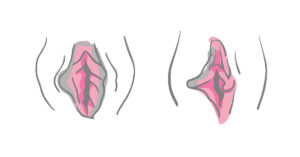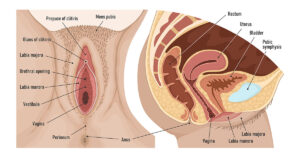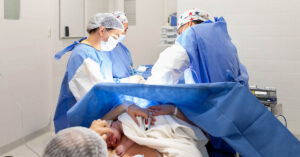- Importance of Knowing the Difference
- Who Typically Seeks These Procedures?
- Vaginoplasty Vs. Perineoplasty
- What Is Vaginoplasty?
- Common Reasons for Considering Vaginoplasty
- How the Procedure Works
- Expected Recovery Time and Aftercare
- What is Perineoplasty?
- How the Procedure Works
- Expected Recovery Time and Aftercare
- Benefits of Each Procedure
- Benefits of Vaginoplasty
- Benefits of Perineoplasty
- Can You Get Both Procedures Together?
- Choosing the Right Cosmetic Gynecologist in NYC
- References
Vaginal rejuvenation refers to a range of surgical and non-surgical treatments that restore or enhance vaginal and perineal function, structure, and aesthetics. Among the most common surgical options are vaginoplasty and perineoplasty, both of which address concerns related to childbirth, aging, and overall vaginal health.
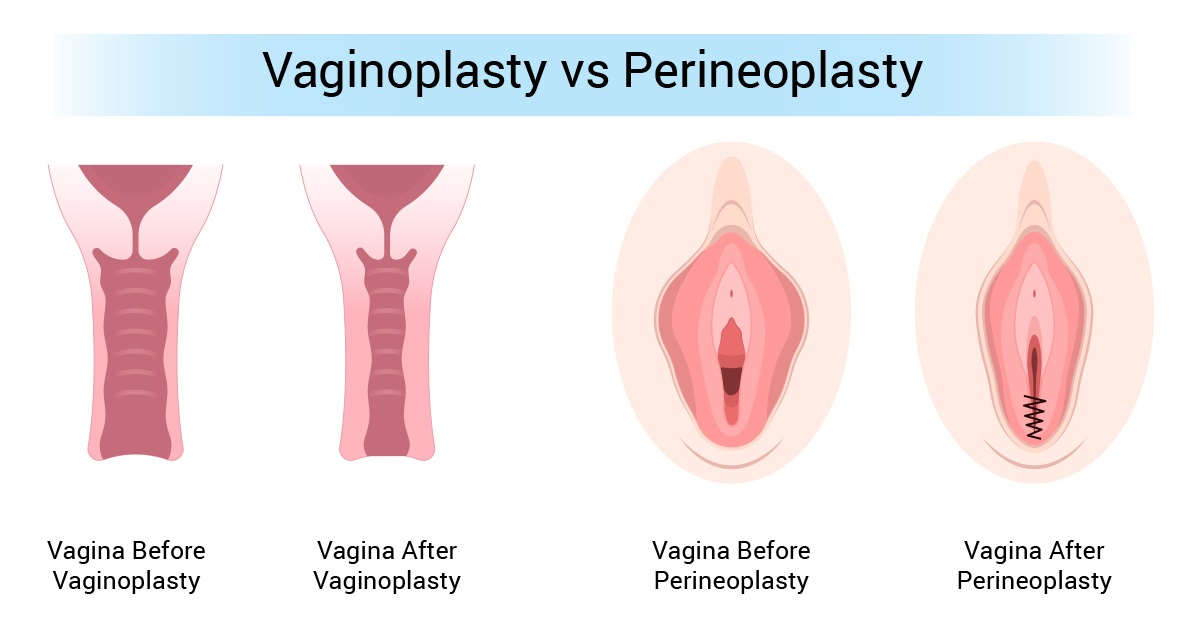
While these procedures may seem similar, they serve distinct purposes and target different areas of the anatomy. Understanding the differences between them is crucial for individuals considering vaginal rejuvenation, as selecting the right procedure can lead to optimal results tailored to their needs.
Importance of Knowing the Difference
Many women seek vaginal rejuvenation for various reasons, ranging from improving sexual satisfaction to addressing medical concerns like perineal scarring or vaginal laxity. However, vaginoplasty and perineoplasty are not interchangeable1.
Vaginoplasty primarily focuses on tightening the vaginal canal, whereas perineoplasty repairs and enhances the perineal area. Recognizing these distinctions can help individuals make informed decisions about their health and well-being, ensuring they choose the procedure that aligns with their personal goals.
Who Typically Seeks These Procedures?
Women of various ages and backgrounds opt for vaginal rejuvenation for different reasons. Some of the most common candidates include:
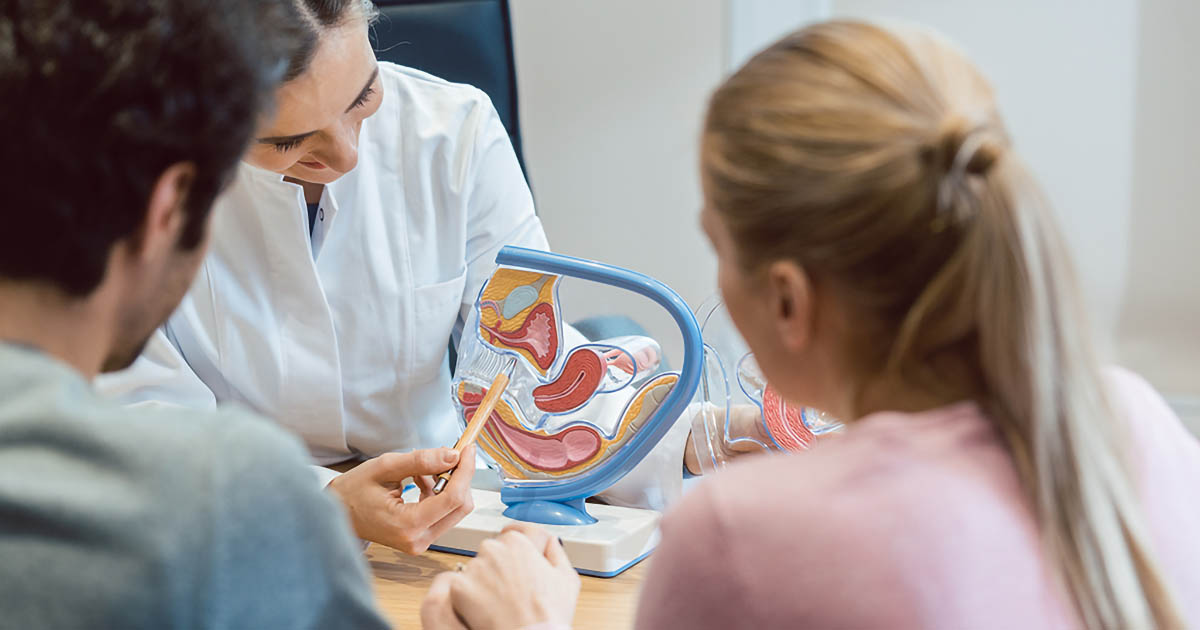
- Postpartum Women: Childbirth can stretch the vaginal muscles and cause perineal tears, leading to discomfort or decreased sensation. Vaginoplasty can help restore tightness, while perineoplasty can repair perineal damage.
- Women Experiencing Age-Related Changes: Natural aging and hormonal shifts, such as those during menopause, can lead to vaginal laxity and perineal thinning2. These procedures can help restore function and comfort.
- Individuals with Aesthetic Concerns: Some women choose these procedures for cosmetic reasons, seeking improved appearance and confidence in their intimate areas.
- Those with Functional Issues: Women experiencing discomfort, scarring from episiotomies, or pain during intercourse may benefit from these surgeries to improve function and quality of life.
By understanding the distinct purposes of vaginoplasty and perineoplasty, individuals can take a step toward reclaiming their comfort, confidence, and overall vaginal health.
Vaginoplasty Vs. Perineoplasty
| Aspect | Vaginoplasty | Perineoplasty | |
|---|---|---|---|
| 1 | Areas Targeted | Internal vaginal canal | External perineal area (between the vaginal opening and anus) |
| 2 | Purpose | Tightens vaginal muscles for improved sensation | Repairs and reconstructs the perineum for functional and aesthetic reasons |
| 3 | Common Reasons | Vaginal laxity due to childbirth, aging or hormonal changes | Perineal tears from childbirth, episiotomy scars, discomfort |
| 4 | Surgical Approach | Removes excess vaginal tissue, tightens muscles, sutures closure | Removes scar tissue, reconstructs perineal muscles, tightens vaginal area |
| 5 | Recovery Time | 6-8 weeks for full recovery | 6-8 weeks for full recovery |
| 6 | Impact on Sexual Function | Enhances tightness and sensation during intercourse | Reduces discomfort and improves sensation during intercourse |
| 7 | Aesthetic Improvements | Minimal impact on external appearance | Enhances the appearance of the perineal area |
| 8 | Who Should Consider It? | Women with vaginal laxity, decreased sensation or discomfort | Women with perineal trauma, scarring, or pain during intercourse |
| 9 | Anesthesia Used | Local or general anesthesia | Local or general anesthesia |
| 10 | Can They Be Combined? | Yes, it can be performed together with perineoplasty for complete rejuvenation | Yes, it can be performed together with vaginoplasty for complete rejuvenation |
What is Vaginoplasty?
Vaginoplasty is a cosmetic and reconstructive surgical procedure designed to tighten the vaginal canal by repairing and strengthening the muscles and tissues. It is commonly sought by women who experience vaginal laxity due to childbirth, aging, or hormonal changes. The procedure can enhance both function and sensation, improving overall comfort and confidence.
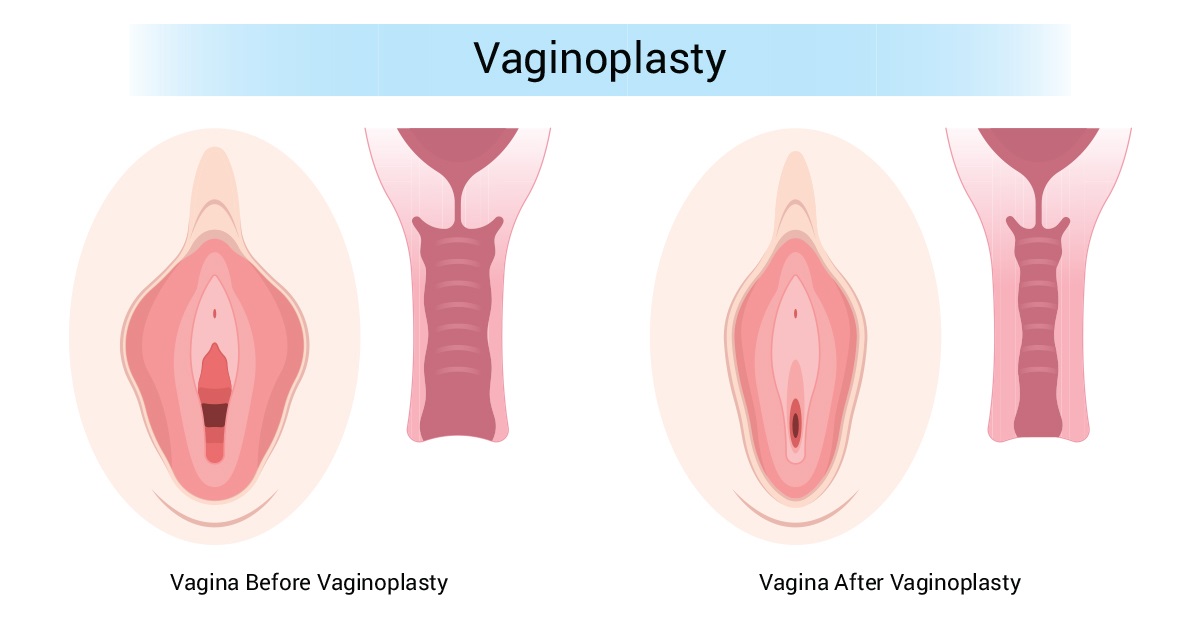
Common Reasons for Considering Vaginoplasty
Several factors can lead women to consider vaginoplasty, including:
- Childbirth: Vaginal delivery can stretch the vaginal muscles, leading to looseness and decreased sensation. Many women opt for vaginoplasty to restore tightness and improve intimacy.
- Aging: Over time, natural aging causes the vaginal walls to lose elasticity and firmness, sometimes leading to discomfort or reduced sensitivity.
- Loss of Elasticity: Hormonal changes, particularly after menopause, can reduce collagen production, making the vaginal canal feel looser. Vaginoplasty helps restore firmness and structure.
How the Procedure Works
Vaginoplasty is performed under local or general anesthesia and typically involves these steps:
- Excess Tissue Removal: The surgeon removes excess vaginal mucosa (lining) that contributes to laxity.
- Muscle Tightening: The underlying vaginal muscles are brought together and tightened to reduce the width of the canal.
- Suturing: The incisions are closed with dissolvable stitches, ensuring a smooth and natural-looking result.
The surgery generally takes one to two hours and can be performed as an outpatient procedure.
Expected Recovery Time and Aftercare
Most patients experience mild discomfort, swelling, and bruising for a few days after a vaginoplasty surgery.
Recovery Timeline
- First Week: Rest and avoid strenuous activities.
- Two to Four Weeks: Swelling subsides, and patients can resume light activities.
- Six to Eight Weeks: Full recovery and resumption of sexual activity is typically allowed.
Proper hygiene, following post-operative care instructions, and attending follow-up appointments are essential for a smooth recovery. Vaginoplasty offers both functional and aesthetic benefits, helping women regain confidence and comfort in their intimate lives.
What is Perineoplasty?
Perineoplasty is a surgical procedure designed to repair and reconstruct the perineum—the area between the vaginal opening and the anus. This procedure aims to restore both function and aesthetics by removing scar tissue, tightening weakened muscles, and improving the overall appearance of the perineal region1 . It is often performed on women who have experienced trauma from childbirth or previous surgeries, leading to discomfort, pain, or laxity in the area.
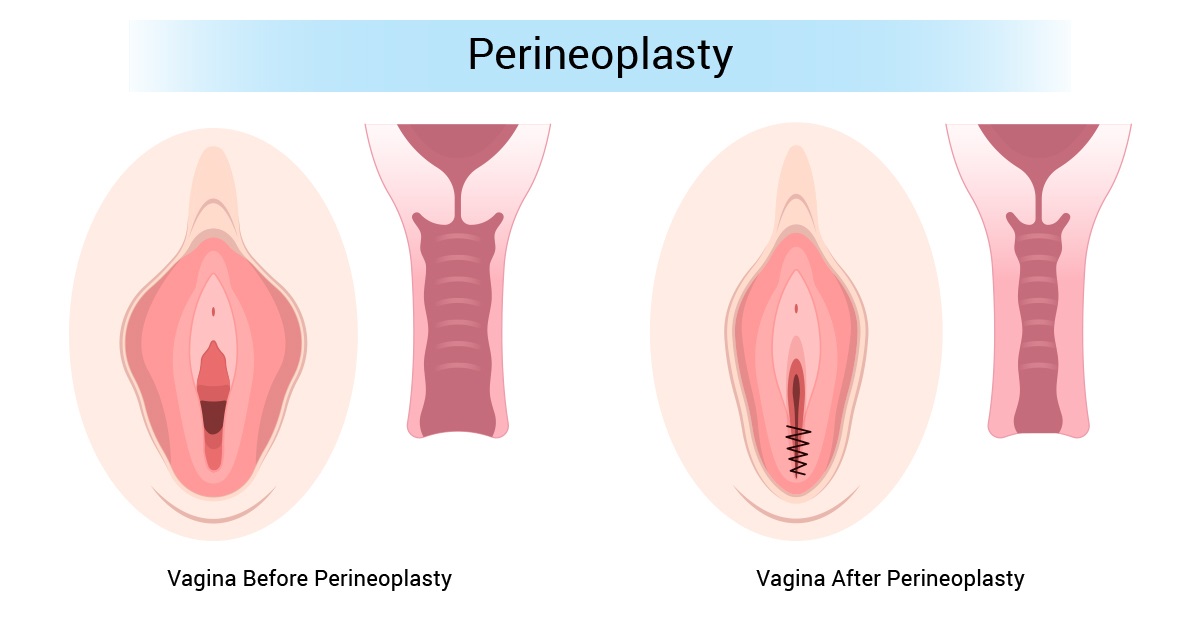
Common Reasons for Considering Perineoplasty
Women may seek perineoplasty for several reasons, including:
- Perineal Tears from Childbirth: Vaginal deliveries, especially those involving large babies or prolonged labor, can cause perineal tears that do not heal properly, leading to discomfort and dysfunction.
- Episiotomy Scars: Some women undergo episiotomies during childbirth3 , where a surgical cut is made to widen the vaginal opening. In some cases, poor healing or excessive scarring can cause tightness, pain, or an irregular perineal shape.
- Improved Appearance and Function: Perineoplasty not only tightens the vaginal entrance but also restores the perineal area, leading to improved function during intercourse and enhanced aesthetic appearance.
How the Procedure Works

Perineoplasty is typically performed under local or general anesthesia and follows these steps:
- Scar Tissue Removal: The surgeon carefully removes scarred or damaged tissue from the perineal area.
- Reconstruction of the Perineal Muscles: The underlying perineal muscles are repaired and tightened to restore strength and function.
- Tightening the Vaginal Entrance: By carefully suturing the muscles and tissues, the vaginal opening is slightly narrowed to provide better support and sensation.
This procedure typically lasts about one to two hours and is often done as an outpatient surgery.
Expected Recovery Time and Aftercare
Patients may experience mild swelling, discomfort, and tightness in the first few days.
Recovery Timeline
- First Week: Patients should avoid heavy lifting, prolonged sitting, and excessive movement.
- Two to Four Weeks: Most swelling and discomfort subside, and patients can resume light activities.
- Six to Eight Weeks: Complete healing is expected, and sexual activity can typically be resumed.
Proper post-operative care, like keeping the area clean, avoiding excessive strain, and following medical instructions, is essential for optimal healing. Perineoplasty can significantly improve a woman’s quality of life by enhancing both comfort and confidence, particularly for those who have suffered from post-childbirth complications.
Benefits of Each Procedure

Benefits of Vaginoplasty
Vaginoplasty offers several physical and emotional benefits, particularly for women experiencing vaginal laxity due to childbirth, aging, or hormonal changes.
1. Enhanced Sexual Satisfaction Due to Increased Tightness
Vaginal laxity can reduce friction during intercourse, leading to decreased sensation for both partners. By tightening the vaginal muscles, vaginoplasty helps restore natural firmness, improving sexual pleasure and intimacy.
2. Improved Confidence and Body Image
Many women experience a loss of confidence due to changes in their vaginal structure. Vaginoplasty not only enhances functionality but also improves self-esteem, helping women feel more comfortable and empowered in their bodies.
3. Correction of Vaginal Laxity Due to Childbirth or Aging
Over time, the vaginal walls can become weaker and looser, impacting both function and comfort. Vaginoplasty repairs and strengthens these tissues, providing long-term benefits for daily activities and intimate health.
Benefits of Perineoplasty
Perineoplasty is particularly beneficial for women who have experienced trauma, scarring, or perineal weakening due to childbirth or previous surgeries.
1. Restored Perineal Structure After Childbirth Trauma
Childbirth can stretch or tear the perineum, leading to loose tissue, discomfort, or dysfunction. Perineoplasty repairs these issues, restoring the perineal area to its natural state.
2. Reduced Discomfort During Intercourse
Scarring or excess tissue in the perineal area can cause pain, tightness, or irritation during intercourse. By smoothing and reconstructing the perineum, perineoplasty enhances comfort and pleasure.
3. Improved Appearance and Sensation
Women who are unhappy with the appearance of their perineal area can benefit from aesthetic refinements through perineoplasty. Additionally, restoring muscle tone in this area enhances overall sensation and function.
Both procedures play a crucial role in women’s intimate wellness, helping them regain both physical comfort and emotional confidence.
Can You Get Both Procedures Together?
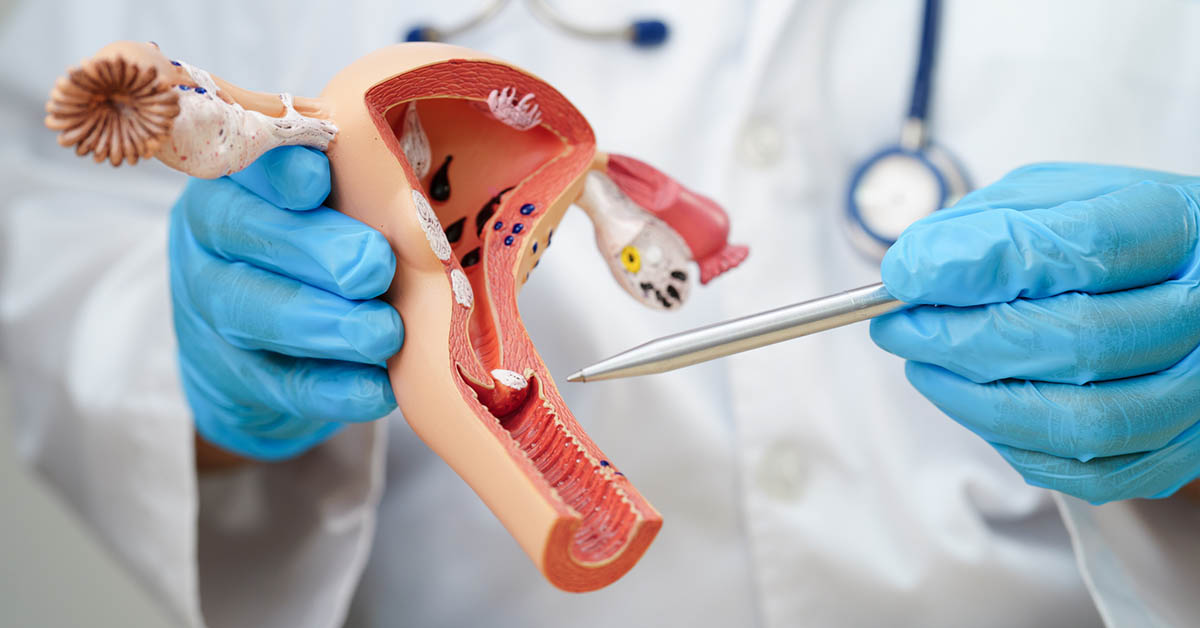
Combining Vaginoplasty and Perineoplasty for Comprehensive Vaginal Rejuvenation
Yes, vaginoplasty and perineoplasty can be performed together as part of a comprehensive vaginal rejuvenation procedure4. Since both surgeries address different areas—vaginoplasty tightening the internal vaginal canal and perineoplasty repairing the external perineal area—combining them allows for a more complete restoration of vaginal structure and function. This approach is especially beneficial for women who have experienced significant vaginal laxity and perineal trauma due to childbirth or aging.
Benefits of a Combined Approach
- Enhanced Functionality and Sensation – Tightening both the vaginal canal and perineal muscles improves sexual satisfaction and overall comfort.
- Improved Aesthetics – A combined approach ensures better symmetry and a natural, youthful appearance of the vaginal and perineal areas.
- Single Recovery Period – Undergoing both procedures at once reduces downtime compared to having them separately, leading to a more efficient healing process.
For women seeking both functional and aesthetic improvements, combining these procedures can provide the best long-term results.
Choosing the Right Cosmetic Gynecologist in NYC
Deciding between vaginoplasty and perineoplasty is a personal choice that depends on your individual concerns, whether they are functional, aesthetic, or both. For the best results, it is essential to consult with a qualified and experienced cosmetic gynecologist who understands your goals and provides personalized treatment recommendations.
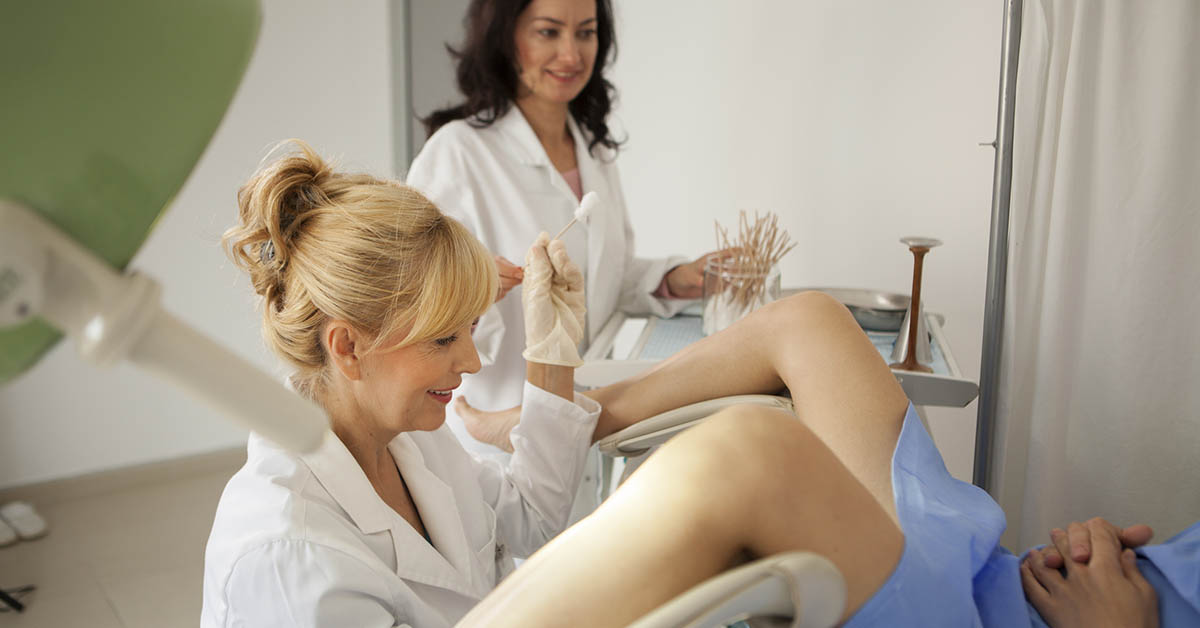
When considering these procedures, look for board-certified specialists with a proven track record in vaginal rejuvenation procedures. A skilled professional will not only ensure safe and effective surgery but also guide you through the entire process—from consultation to recovery. If you’re considering vaginoplasty, perineoplasty, or a combination of both, schedule a consultation with NYC’s top cosmetic gynecological surgeons to explore the best options for your intimate health and confidence.
References
- Furnas HJ, Canales FL. Vaginoplasty and Perineoplasty. Plast Reconstr Surg Glob Open. 2017 Nov 9;5(11):e1558. doi: 10.1097/GOX.0000000000001558. PMID: 29263962; PMCID: PMC5732668.
- Vaginal laxity: Symptoms, causes and treatment | Top Doctors. (2025, January 21). Top Doctors. https://www.topdoctors.co.uk/medical-articles/vaginal-laxity-symptoms-causes-and-treatment
- Barjon K, Vadakekut ES, Mahdy H. Episiotomy. [Updated 2024 Oct 6]. In: StatPearls [Internet]. Treasure Island (FL): StatPearls Publishing; 2025 Jan-. Available from: https://www.ncbi.nlm.nih.gov/books/NBK546675/
- Aimee. (2023, December 22). Vaginal rejuvenation surgeries commonly paired together. Dr. Jennifer Hayes | Florida | Cosmetic Gynecology, Labiaplasty, Vaginal Rejuvenation. https://visionarycentreforwomen.com/blog/vaginal-rejuvenation-paired/
